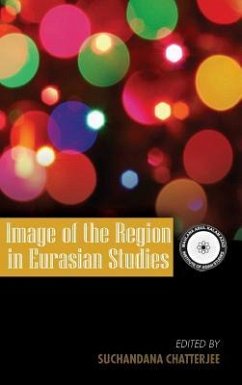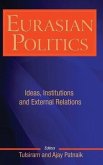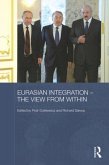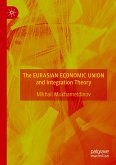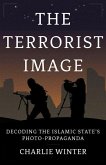Within the revised format of Eurasian studies, prime attention has been given not merely to how Eurasia's regions positioned themselves in the context of post-Soviet political transition but also how these regions reinvented themselves through a re-envisioning of spatial categories like Slavic Eurasia, Central Eurasia, Central Asia, Inner Asia, etc. with centuries-old and millennia-old time scales. The significance of historical interludes has been emphasised and there has been an urgency to study Eurasia's Slavic, Turkic, Persian and Mongolian historical legacies. Some of these ideas have echoed in India too. Over time, connected histories of South Asia and Central Asia received greater attention. Such ideas are pointers to the "sprawl" in Eurasian studies. The volume here comprises writings that reflect an array of opinions about spaces in Eurasian history, myriad features of regime transformation, sets and subsets of Eurasian integration, dialectics of external intervention and arbitration in the socialist bloc and cultural expressions reflecting the mood and sentiment of the people in the lived-in space. An interesting feature in this collection is the Indian perspective-focusing on intricacies of an Indian connection. The purpose of this volume is to integrate a variety of opinions about region as a pivotal subject in Eurasian studies but not limit its attention to the concept of region as a spatial category.
Hinweis: Dieser Artikel kann nur an eine deutsche Lieferadresse ausgeliefert werden.
Hinweis: Dieser Artikel kann nur an eine deutsche Lieferadresse ausgeliefert werden.

